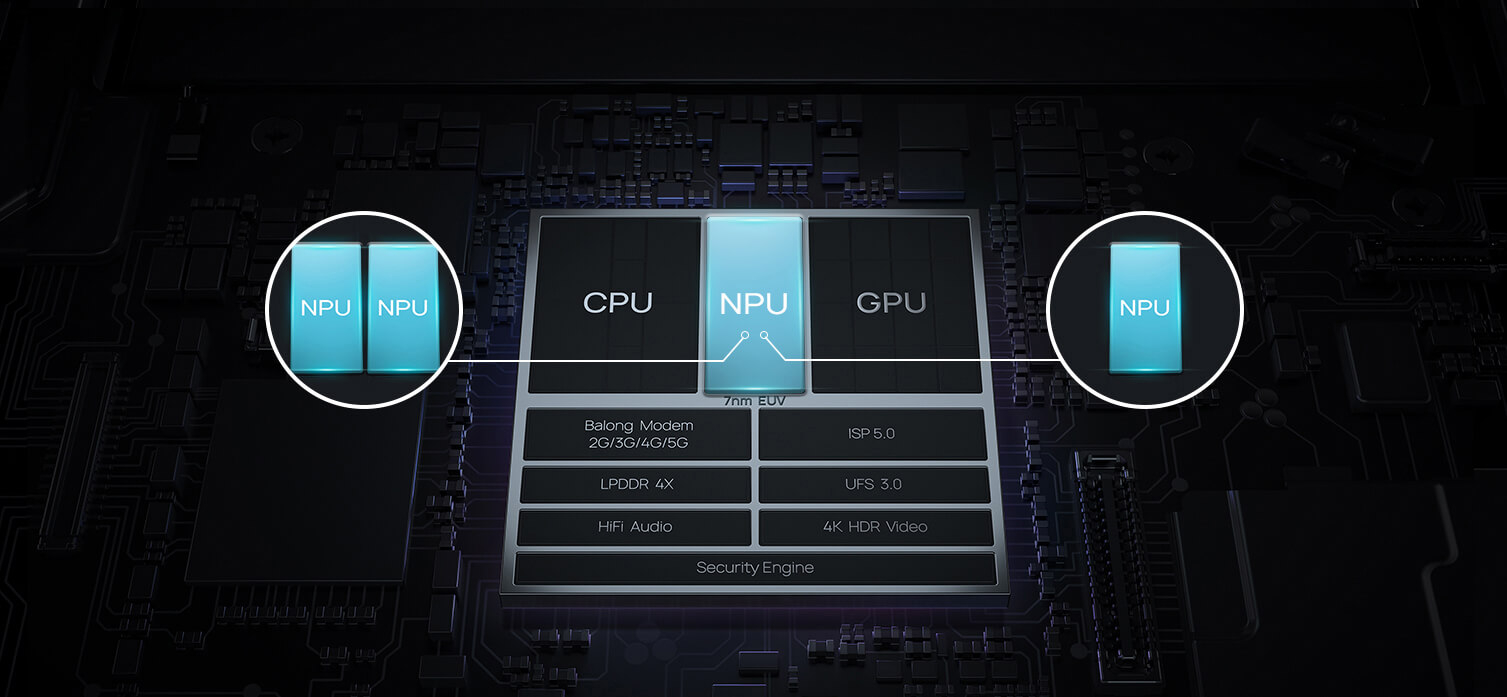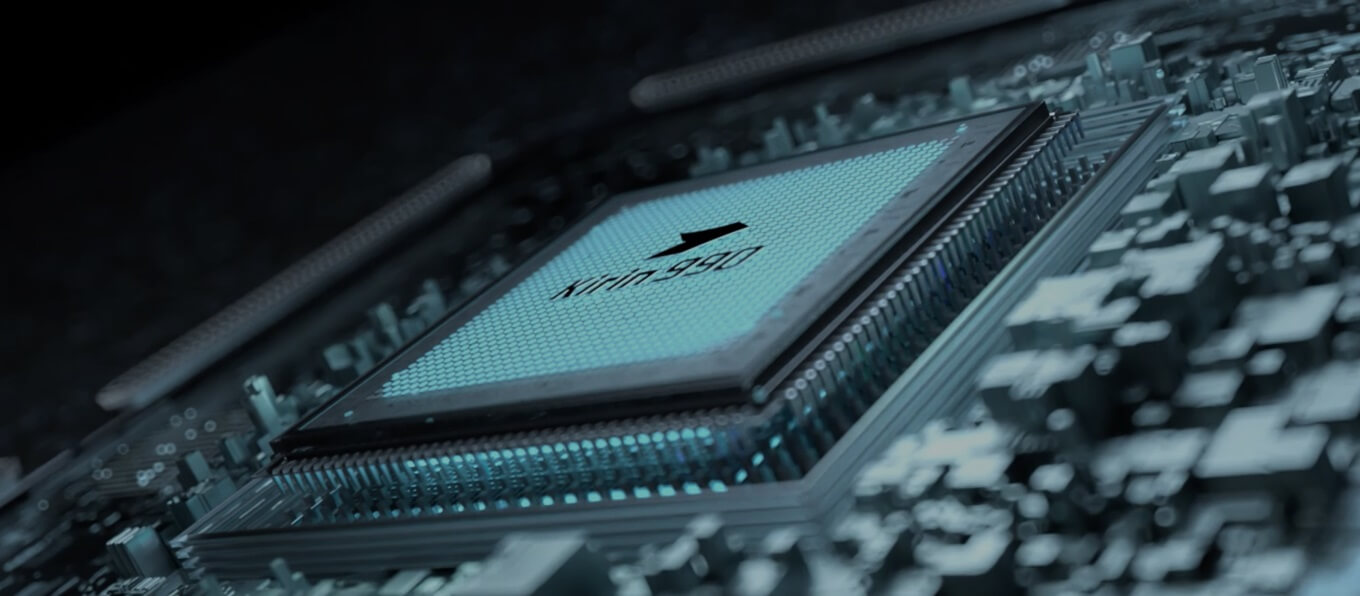Forward-looking: Huawei has announced its latest high-end mobile SoC that boasts of integrated 5G and AI capabilities along with the expected generational performance and energy efficiency enhancements. While Samsung was the first to bring a chip with built-in 5G in the form of Exynos 980, Huawei was the first to build a high-end chip with that capability. The catch is that it only supports sub-6Ghz 5G, but that happens to be the more cost-effective option that will be implemented in more areas than mmWave, which is intended for high density urban areas.
With all the talk about Huawei being caught in the middle of a trade crossfire between China and the US, you might imagine that it isn't doing that well. Yet the Chinese company seems firmly anchored in the second place among the world's top five largest phone makers, and still has enough fire in its labs to launch new silicon just in time for an IFA announcement.
The newest chip to come from its HiSilicon subsidiary is the Kirin 990, which promises to be the fastest of its kind on the market as well as the most power efficient mobile platform for high-end devices. The biggest highlight is the integrated 5G modem, beating Qualcomm and Samsung to the market on the premium segment. While it doesn't support the faster, mmWave 5G, it does support sub-6Ghz 5G at up to 2.3 Gbps for downlink and 1.25 Gbps for uplink.

The Kirin 990 was designed using the same 7 nanometer EUV lithography process as its predecessor and has over 10 billion transistors. In terms of architecture, it is comprised of two high performance Cortex-A76 cores, two medium performance cores, and four power efficient cores running at 2.86 Ghz, 2.36 Ghz, and 1.95 Ghz, respectively. For graphics there's a 16-core Mali G76 GPU with built-in cache that should manage a 6 percent performance leap over the Adreno 640 found in Qualcomm's Snapdragon 855.
Photography enthusiasts already praise the Mate 20 Pro's camera, and Huawei says the Kirin 990 features an improved dual image signal processor that is 15 percent more energy efficient and can achieve "DSLR-level" pictures and videos. Of course, it's just referring to a host of algorithms that perform advanced, "Block Match 3D" noise reduction.
Perhaps more interesting is the neural processing unit, which is a coprocessor optimized for machine learning frameworks like Google's TensorFlow. Huawei says it can automatically distribute workloads like voice recognition, computer vision, and natural language understanding across its heterogeneous computing architecture.
The Kirin 990 is expected to land on Huawei's Mate 30 lineup, set to be unveiled at a London event later this month. The company says there will also be a 4G-only variant for mid-range devices that is otherwise identical.
